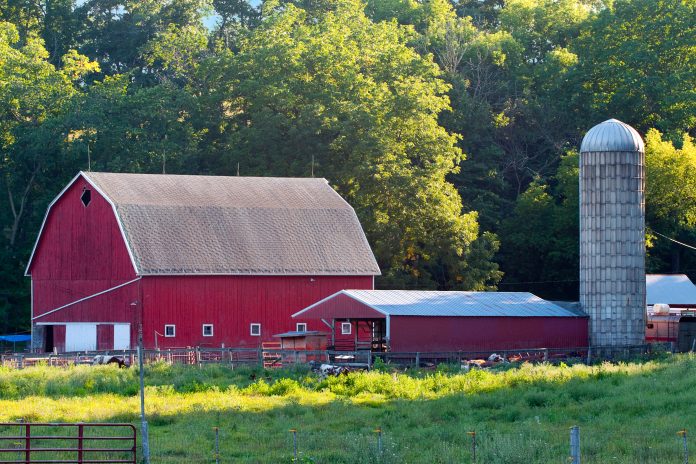The U.S. House approved legislation April 23 to add another $310 billion in funding to the Paycheck Protection Program, and support other loans and grants for small businesses struggling during the COVID-19 pandemic. The Senate passed the legislation April 21.
Clarified
The new legislation clarifies that small farms are small businesses and are eligible for Economic Injury Disaster Loans and Grants in addition to the Paycheck Protection Program.
The new legislation also adds $50 billion for Economic Injury Disaster Loans and $10 billion for Economic Injury Disaster Loans emergency grants, in addition to other funding for health care, testing and small businesses.
The program
Congress originally set aside $349 billion for the Paycheck Protection Program in the Coronavirus Aid, Relief and Economic Security Act. The program offers loans designed to help small businesses keep their employees on the payroll.
The loans are fully forgiven if they are used for payroll costs, interest on mortgages, rent and utilities, over eight weeks after receiving the loan. To qualify for full forgiveness, businesses also must maintain their full staff and payroll.
The program is supposed to be available until June 30, according to the Small Business Administration’s website. The first $349 billion, however, ran out April 16, just weeks after the program began accepting applications for small businesses April 3.
Agriculture
The American Farm Bureau Federation noted April 17 that the agriculture industry did not make much use of the program. The agriculture, forestry, fishing and hunting industries received about 1.3% of the initial funds approved.
This, the bureau said, is partly because there were many unanswered questions for agriculture about the program. Farms and ranches are very different from many other small businesses, as they use different tax forms, hire seasonal workers and contractors and sometimes rent land and equipment in addition to buildings.
The administration began accepting applications for independent contractors and the self-employed April 10, but did not offer more guidance for these groups until April 14, the bureau said, which may also have influenced low sign-up rates in the agriculture industry.










